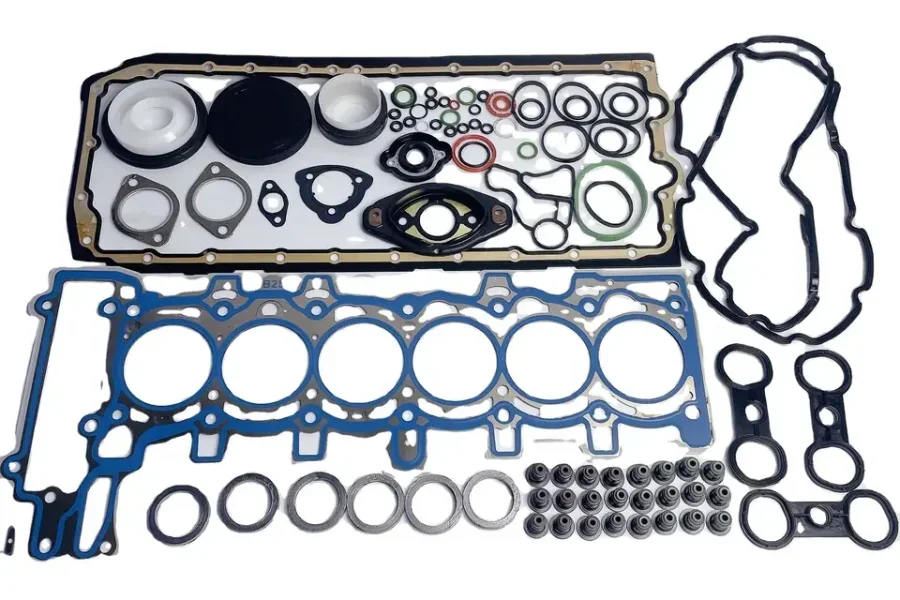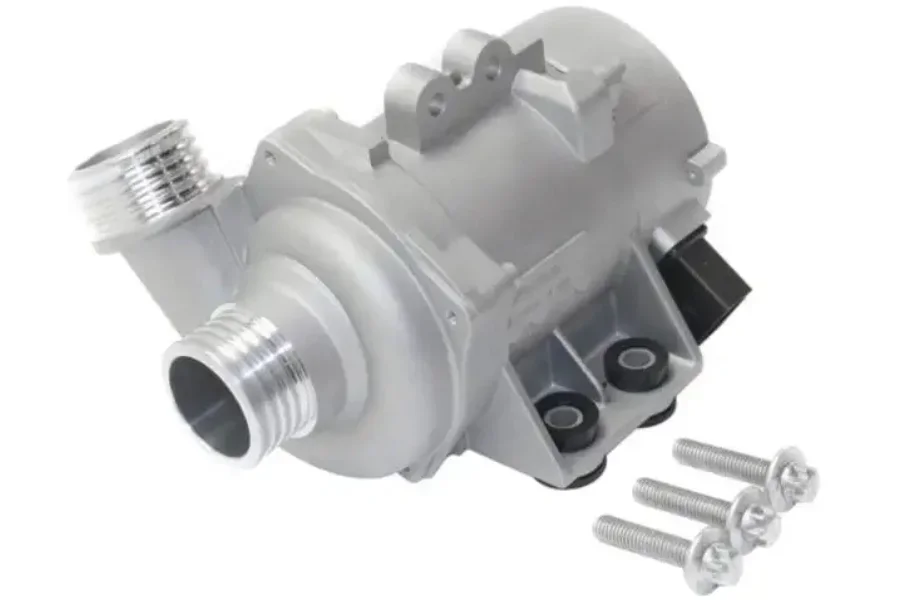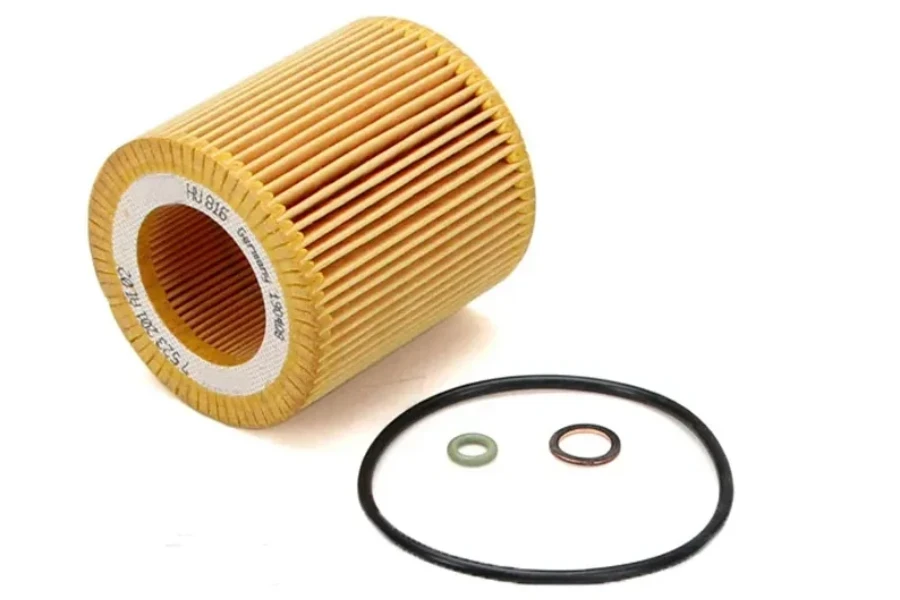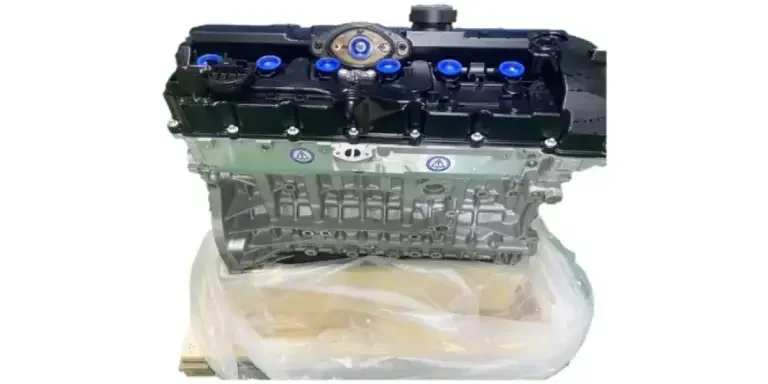The BMW N52 engine is commonly used in various BMW models. It is primarily known for its reliability and smooth performance. Nonetheless, the engine is a mechanical component with its share of issues.
Among the issues, the most prevalent include valve cover gasket failure, which results in oil leaks, and electric water pump issues, which leads to overheating and coolant leaks. Additionally, the N52 engines have problems related to carbon buildup, Vano’s failures, and fuel injectors and ignition coils failures.
Buyers need to have appropriate information on these potential N52 engine failures. This will allow them to be vigilant and encourage adherence to scheduled inspections and maintenance.
With this in mind, this article will explore the common failures of the BMW N52 engine while also considering some of their root causes.
Table of Contents
BMW N52 engine guide
Symptoms of common BMW N52 engine failures
What are the common failures of the BMW N52 engine?
Conclusion
BMW N52 engine guide

The straight-six naturally aspirated BMW N52 engine was developed between 2004 and 2015. It replaced the BMW M54 and was used first on the E63 6 and E90 3 series. The N52 became the first water-cooled engine with aluminum or magnesium in the engine block construction. In 2011, the turbocharged BMW N20 four-cylinder engine started replacing the BMW N52.
From the use of magnesium alloy, the N52 has a Valvetronic (variable valve lift). The water pump is electric, and it has a variable output oil pump. Its redline was raised from 6,500 rpm to 7,000 rpm, except for the N52B25 model. Some models of the N52 engine use variable valve timing (double-Vanos) and electronic throttle control, while higher versions use a three-stage variable length intake manifold.
The models of the BMW N52 engine include:
- N52B25 – 2,497 cc
- N52B30 – 2,996 cc
Symptoms of common BMW N52 engine failures
1. Reduced engine performance
A common sign of the BMW N52 engine failures is reduced performance. This includes sluggish acceleration, reduced power and torque, and a deficiency in the throttle response. Generally, the engine feels weaker and less responsive. Buyers will notice reduced refinement and smoothness while driving. Injector problems and Vano’s unit failures mainly cause this. In this case, the engine must be inspected and diagnosed immediately to address the underlying issues.
2. Warning lights on the dashboard
The illumination of warning lights on the dashboard communicates problems related to the engine. These indications include an oil pressure warning light, check engine oil, and a coolant temperature warning light.
Buyers can learn about the engine control module and its problem-detection capability. This means the engine requires immediate attention due to eccentric shaft sensor problems, electric water pump failures, etc. Professional mechanical attendance is needed to prevent further engine damage.
3. Unusual noises
Sometimes, the N52 engine produces unusual noises, which could signify failure. Such noises include rattling, knocking, clicking, and grinding. These sounds are audible enough when the engine is running. Generally, the noises indicate several problems, such as damaged or loose engine parts or problems with the Valvetronic system. Buyers should not ignore these noises; instead, they should investigate them to identify the primary causes and consider appropriate measures.
4. Smells or leaks
Engines and their surrounding areas may leak or produce smells that indicate failures. There are burning smells that can show overheating issues or leaks. In contrast, coolant leaks produce sweet smells and indicate issues with water pumps and other cooling features. Oil leaks from gaskets are an indication of potential engine failures. The engine must be inspected to schedule requirements and replacements to avoid complete engine failure.
5. Rough idling or stalling
The N52 engine failures can be manifested through rough idling or stalling. The engine experiences erratic idles, fluctuating RPMs and will stall while running. Various issues will cause these problems; they include ignition coil problems and fuel injector failures.
Rough idling or stalling can result in poor driving conditions, hesitation, misfires, and inefficient fuel economy. If buyers notice this sign, they should inspect the engine and arrange for appropriate action and maintenance.
What are the common failures of the BMW N52 engine?
1. Valve cover gasket failure

The valve gasket failure is expected in the N52 engine. After a significant period of operation, the gasket becomes brittle and starts to leak. This causes the oil to seep over the engine’s exterior and sometimes into the spark plug. The result is engine misfires, excessive oil consumption, and damage to other engine parts.
It can be a daunting task to replace the valve gasket cover. As such, certified mechanics should be extra careful and focus on the details to prevent leaks and ensure proper sealing.
2. Eccentric shaft sensor failure
The eccentric shaft sensor monitors the Valvetronic system’s eccentric shaft position. This Valvetronic system controls the engine’s valve lift. The sensor’s failure leads to poor engine performance, stalling, and decreased power output. Sometimes it triggers the dashboard’s warning lights like the check engine light.
Buyers will require special expertise and tools to replace the eccentric shaft sensor. This is because it is positioned deep within the engine, making it challenging to access.
3. Water pump failure

Water pump failure in the BMW N52 engine results in coolant leaks. The water pump is an essential component that disseminates coolant around the engine to maintain standard engine temperature.
Premature failure of the water pump causes the engine to overheat and sometimes causes total engine damage. This failure can be detected through coolant leaks, dashboard warning lights, and an overheating engine. Buyers should know that replacing the water pump is costly and labour-intensive because it involves removing other engine parts.
4. Oil filter housing gasket failure

Oil filter housing gasket failure occurs when it develops leaks over time. As a result, the oil seeps out of the BMW N52 engine, which leads to engine misfires and increased oil consumption. The leaks may damage other engine components if not addressed soon. Buyers should remove the oil filter housing gasket and clean the mating surfaces. Afterwards, they should install a new gasket and ensure it’s properly sealed.
5. Vanos solenoid failure
The Vanos system’s primary function is to control the variable valve timing, which impacts engine efficiency and performance. This Vanos solenoid experiences failures, which lead to reduced engine performance, engine misfires, and decreased power. Generally, replacing solenoids involves accessing them through the engine’s front and installing new ones.
6. A broken/damaged thermostat
A thermostat in the BMW N52 engine regulates the engine’s temperature. The thermostat sometimes fails and leads to overheating and generally poor engine performance. In some instances, thermostats get stuck in the closed or open position, resulting in improper coolant flow or overheating. Replacing the thermostat requires draining the coolant and removing other parts for easy access to the thermostat housing.
7. Misfires or rough idling
Misfires and rough idling are common signs of BMW N52 engine failure. Several issues cause them, including faulty fuel injectors, ignition coils, or spark plugs. Misfires usually result in reduced engine performance, decreased power, and damage to the catalytic converter. Proper diagnosis is essential to detect the underlying causes of misfires and rough idling. Afterwards, buyers should address the issues by repairing or replacing the damaged engine parts.
Conclusion
Buyers must take proactive measures to address any of the failures mentioned above. This could include regular maintenance, repairing, and replacing critical components to avoid further engine damage. They should seek professional diagnosis and service at first sight of the symptoms.
Additionally, following manufacturer-recommended maintenance schedules and acquiring the latest technical service information can aid in mitigating the risk of N52 engine failures. To purchase the N52 engine and its essential components, visit Alibaba.com.




